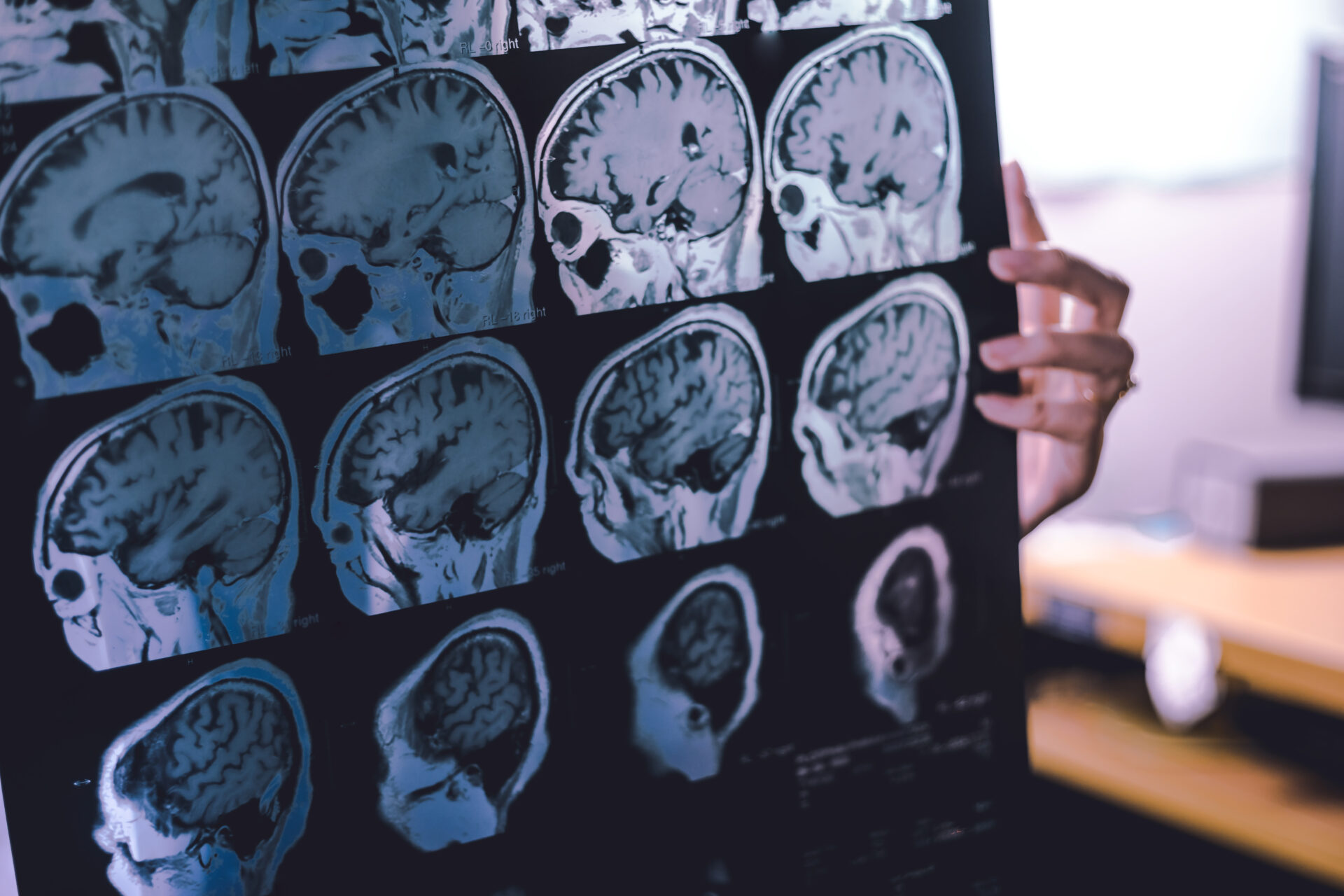The National Institutes of Health has pinpointed new genetic risk factors for Lewy body dementia (LBD) and frontotemporal dementia (FTD).
The researchers identified structural variants during the analysis of several thousand DNA samples by using computer algorithms that mapped structural variations across the whole genome and machine learning. By doing so, “TCPN1” was found as a new variant in samples from LBD patients associated with a higher risk of developing LBD due to a deleted gene of over 300 nucleotides. Identifying rare structural variants in genes implicated in neurodegenerative diseases and finding two well-established risk factors for FTD in the C9orf72 and MAPT genes indicates the algorithms were working correctly, according to the study.
To make genetic data more accessible to non-bioinformatics experts and accelerate progress, researchers have made the analysis code, raw data and interactive app available for scientists for further study.
Let’s take a closer look at Lewy body dementia and Frontotemporal Dementia.
Lewy body dementia
Lewy body dementia (LBD) is a type of progressive dementia that affects an estimated 1.4 million people in the United States. This disease, a manifestation of abnormal protein deposits called Lewy bodies in the brain, can impair memory and cognitive abilities and lead to a decline in mental and physical function.
One diagnostic hallmark of LBD is visual hallucinations, which often occur early on in the disease and are associated with cognitive fluctuations and extreme physical symptoms. Other symptoms may include tremors, depression, sleep disturbances, balance problems and memory loss.
Lewy body dementia is often considered as a spectrum disorder because the symptoms can vary widely from individual to individual. At times, the disease manifests as a combination of Alzheimer’s and Parkinson’s disease symptoms, referred to as “parkinsonian dementia.” In such cases, the characteristic motor dysfunction of Parkinson’s disease is accompanied by the memory loss and cognitive impairment more commonly associated with Alzheimer’s. Such individuals may have fluctuations in their level of consciousness throughout the day and experience complex visual hallucinations.
The course of this disease can vary, often resulting in a rapid decline in function and a shortened lifespan. However, some people with LBD can have it for years without significant disability. The complexities of the condition are challenging and require ongoing care even as the disease progresses.
Although there is currently no cure for LBD, treatment options are available.
Frontotemporal dementia
Frontotemporal dementia is a challenging disease to diagnose, primarily because its early symptoms can be mistaken for those of other neurological disorders.
Unlike Alzheimer’s disease, which primarily affects memory, individuals with FTD may lose their inhibitions and exhibit socially inappropriate behavior, among other personality changes.
The disease typically affects individuals aged 45-60, making it an issue that can drastically impact the lives of people in their prime working years. However, the early onset of the disease also means that it can be overlooked, particularly as it is not as well-known as other conditions like Alzheimer’s or Parkinson’s disease.
Frontotemporal dementia does not have a single definitive cause, but it is often linked with the accumulation of abnormal protein aggregates in the brain. There are two types of FTD – one that primarily presents behavioral changes, and the other that involves language difficulties. Both types are associated with motor neuron disease (MND), which is a progressive disease of the nerves that control muscle movement.
As the disorder progresses, individuals with FTD may experience difficulties using language to communicate, in addition to altered personality and behavioral changes. They may suffer from compulsive or repetitive behavior, inappropriate laughter or unwillingness to talk. Language impairment can manifest in several ways, such as hesitations or delays when speaking, difficulty in understanding words, or a complete inability to speak or write.
The impact of frontotemporal dementia can be widespread and traumatic, with the disease disrupting an individual’s ability to connect with their loved ones and participate in daily activities. Medical professionals must address such issues with compassion and care.
There are no specific medications to treat FTD; yet treatments can include antidepressants, antipsychotics and other medications to alleviate specific symptoms.
Become Dementia Aware
As researchers continue efforts to find a cure for Alzheimer’s and the various forms of dementia, it is important for caregivers to be Dementia Aware. To learn more about how you can do this, check out my trainings.


